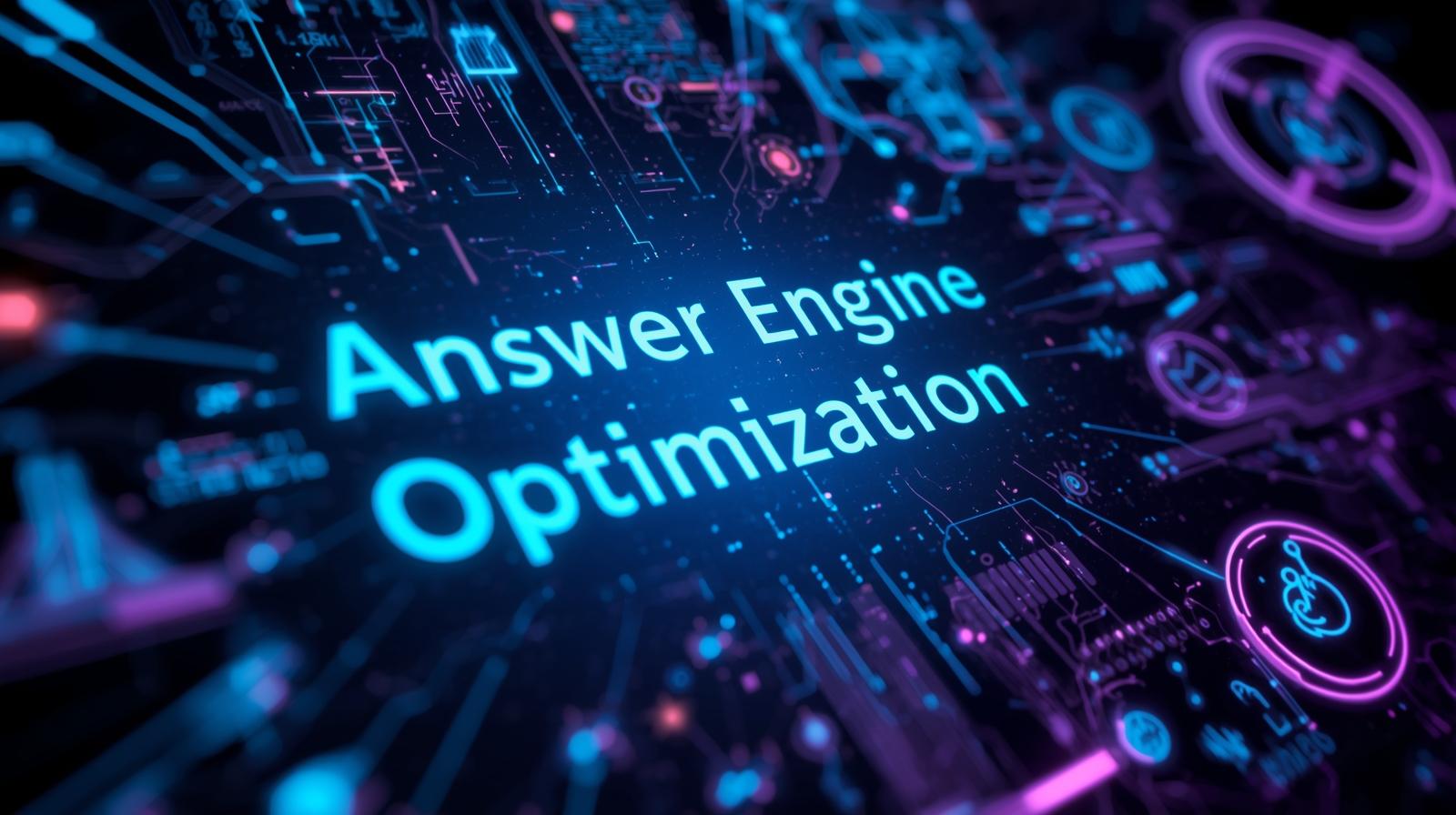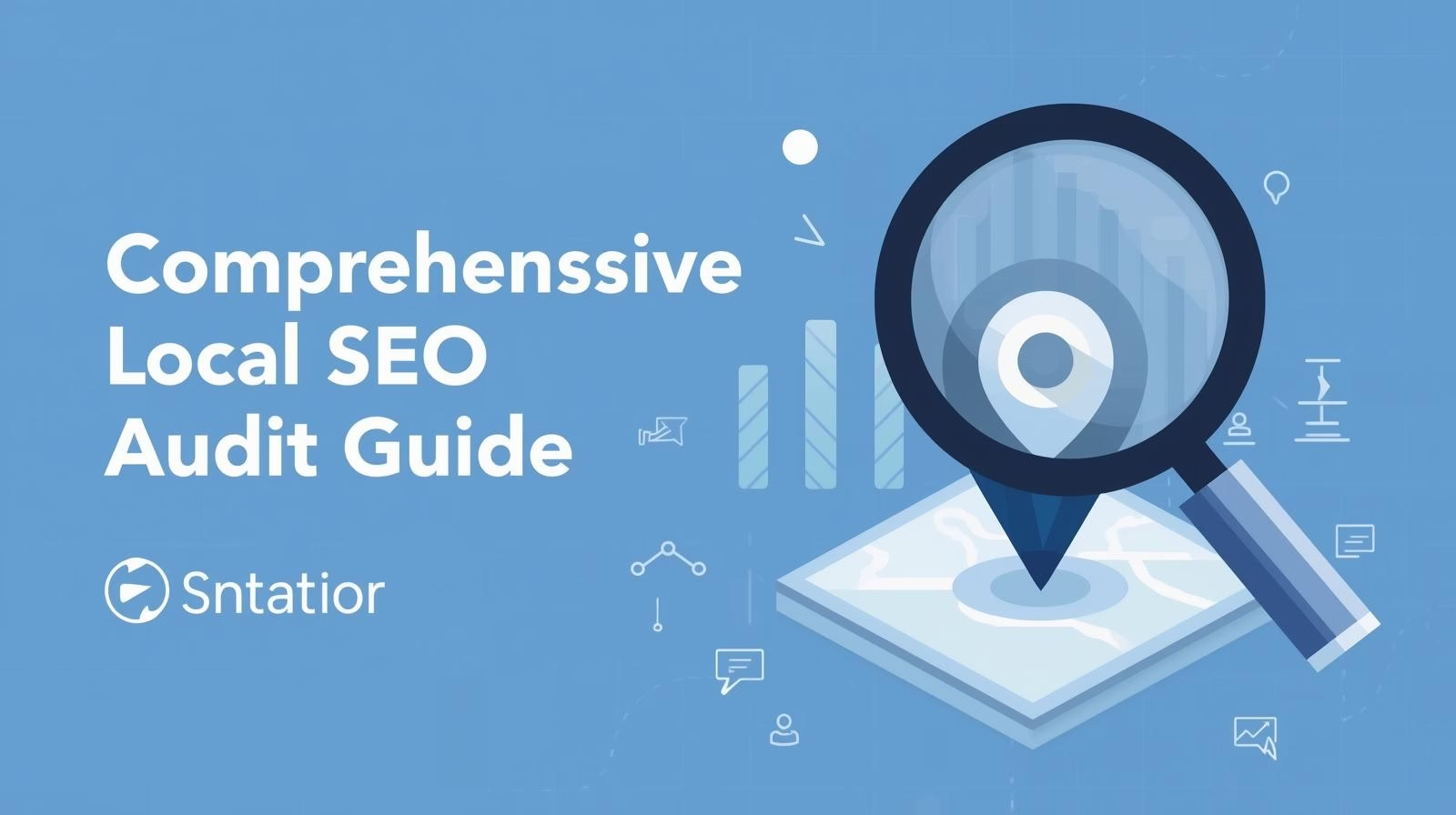Answer Engine Optimization (AEO) is revolutionizing digital marketing. As AI-powered platforms like ChatGPT, Perplexity AI, and Google’s AI Overviews transform how users search, businesses must adapt to stay visible. AEO focuses on optimizing content to earn citations, mentions, and placements in these answer engines, ensuring your brand is discovered through conversational queries rather than traditional keywords. In this guide, you’ll learn what AEO is, why it matters, and how to implement it effectively to capture traffic in the age of AI search.
What Is Answer Engine Optimization (AEO)?
Answer Engine Optimization (AEO) is the practice of optimizing your content to appear in AI-powered answer engines like ChatGPT, Microsoft Copilot, Perplexity AI, and Google’s AI Overviews. Unlike traditional SEO, which targets search engines like Google through keywords, AEO focuses on conversational questions and providing direct, authoritative answers that AI models can cite.
How AEO Differs from SEO:
Platforms: AEO targets answer engines (e.g., ChatGPT, Perplexity), while SEO focuses on search engines (e.g., Google, Bing).
User Targeting: AEO addresses natural language queries (e.g., “What are the best restaurants in Iceland?”), while SEO targets keywords (e.g., “best restaurants Iceland”).
Metrics: AEO success is measured through mentions, citations, and referral traffic from AI platforms, whereas SEO tracks rankings, impressions, and organic traffic.
Why AEO Matters in 2025
1. Shift in User Search Behavior
Over 25% of organic traffic is predicted to shift to AI chatbots and virtual agents by 2026.
Platforms like ChatGPT and Perplexity have seen explosive growth, with ChatGPT attracting 400+ million weekly users and Perplexity driving a 71% increase in referral traffic.
2. Decline in Traditional Organic Traffic
Websites like Stack Overflow saw traffic drop by 14-18% after ChatGPT’s launch, while companies like NerdWallet grew revenue by 35% despite a 20% traffic decline. This highlights the need to diversify beyond Google.
3. First-Mover Advantage
Early adopters of AEO gain visibility across emerging platforms, capture leads from new sources, and create revenue opportunities before competitors catch up.
How AEO Works: Core Mechanics
Answer engines like ChatGPT are trained on vast datasets from the internet. When a user asks a question, the AI predicts the most likely response based on its training data. To appear in these responses, your content must be authoritative, specific, and easily accessible to AI crawlers.
Key Components of AEO:
Content Authority: Produce original, expert-driven content that AI models recognize as trustworthy.
Structured Data: Use schema markup to help AI understand and extract your content efficiently.
Backlinks and Citations: Build a strong backlink profile to signal authority to AI systems.
Local Listings: Ensure your business information (e.g., hours, reviews) is consistent across directories like Yelp and Google Business Profile.
How to Implement AEO: A Step-by-Step Guide
1. Conduct Question-Based Keyword Research
Identify conversational queries your audience asks using tools like:
AnswerThePublic
Google’s People Also Ask
Quora and Reddit.
Example: Instead of targeting “SEO tips,” target “How do I improve my SEO in 2025?”
2. Create Authoritative, Answer-Focused Content
Develop content that directly addresses user questions in a clear, concise format.
Use headings, bullet points, and tables to make answers easily scannable for AI.
Include FAQ sections and how-to guides tailored to conversational queries.
3. Optimize for Structured Data
Implement schema markup (e.g., FAQPage, HowTo) to help AI engines extract and cite your content. This increases your chances of appearing in featured snippets and AI overviews.
4. Build Authority Through Backlinks and Entities
Earn backlinks from high-authority sites to signal credibility.
Optimize entity recognition by consistently referencing your brand, products, and experts across your site and third-party platforms.
5. Track and Measure Performance
Use tools like OmniSEO to monitor mentions and citations across AI platforms.
Manually log citations for targeted questions in spreadsheets.
AEO vs. GEO: What’s the Difference?
While AEO focuses on earning citations in answer engines, Generative Engine Optimization (GEO) expands this concept to include optimization for AI-generated summaries across platforms like Google’s SGE and ChatGPT Search.
| Aspect | AEO | GEO |
|---|---|---|
| Primary Goal | Visibility in answer engines | Visibility in AI-generated summaries |
| Platform Focus | ChatGPT, Perplexity, etc. | Google SGE, ChatGPT Search, etc. |
| Tactics | Featured snippets, conversational Q&A | Entity optimization, AI-friendly content |
| Click Potential | High (direct citations) | Variable (may not always drive clicks) |
Both strategies are complementary and should be integrated for maximum impact.
Advanced AEO Strategies for 2025
1. Leverage Community-Driven Content
Forums like Reddit and Quora are prioritized by Google for authentic user-generated content. Engage these communities to build authority and earn citations.
2. Optimize for Video and Visual Content
AI engines increasingly integrate video results. Optimize video transcripts and use visual content to capture traffic from platforms like YouTube.
3. Focus on E-E-A-T
Demonstrate Experience, Expertise, Authoritativeness, and Trustworthiness by:
Showcasing first-hand experience in your content.
Leveraging subject matter experts (SMEs) for interviews and insights.
4. Prepare for Zero-Click Searches
With AI overviews often providing direct answers, optimize for brand mentions and citations rather than clicks. Focus on becoming the source AI engines rely on.
AEO FAQ Section
1. What is the difference between AEO and SEO?
AEO targets answer engines (e.g., ChatGPT) using conversational queries, while SEO focuses on search engines (e.g., Google) using keywords. AEO metrics include citations and mentions, while SEO tracks rankings and traffic.
2. How long does it take to see results from AEO?
AEO can take a few weeks to several months to yield results, depending on your existing SEO foundation. Sites with strong authority and content tend to see faster outcomes.
3. Do I need to replace SEO with AEO?
No! AEO and SEO are complementary. While AEO captures traffic from AI platforms, SEO remains critical for traditional search visibility.
4. What tools can I use to track AEO performance?
Tools like OmniSEO specialize in tracking citations across AI platforms. Alternatively, manually log mentions using spreadsheets.
5. How can I optimize for voice search with AEO?
Focus on long-tail, conversational keywords and structured data. Ensure your content answers questions directly and succinctly.
Embrace AEO for Future Growth
Answer Engine Optimization is no longer optional—it’s essential for brands seeking visibility in the age of AI search. By creating authoritative, answer-focused content, leveraging structured data, and tracking your performance across platforms, you can capture traffic from ChatGPT, Perplexity, and other emerging answer engines.
Ready to dominate answer engines? Start by auditing your content for conversational queries and implementing schema markup. Share your experiences in the comments below or contact us for a personalized AEO strategy!


